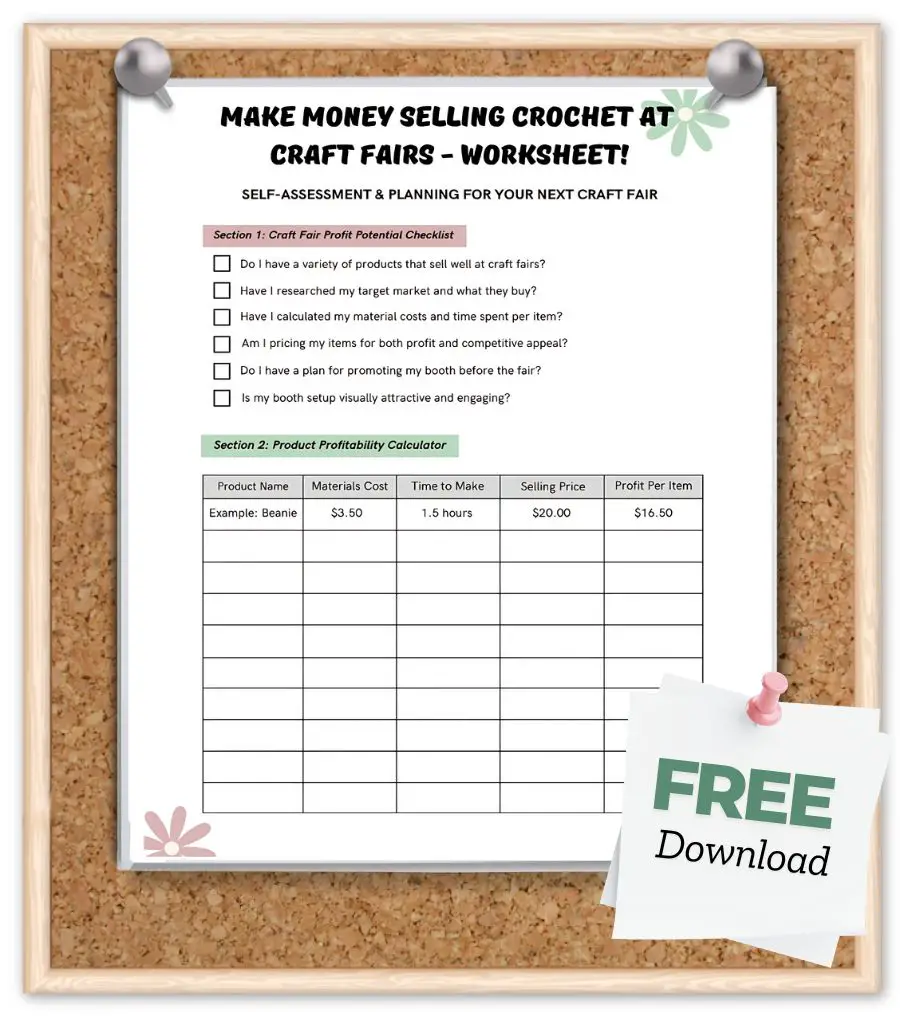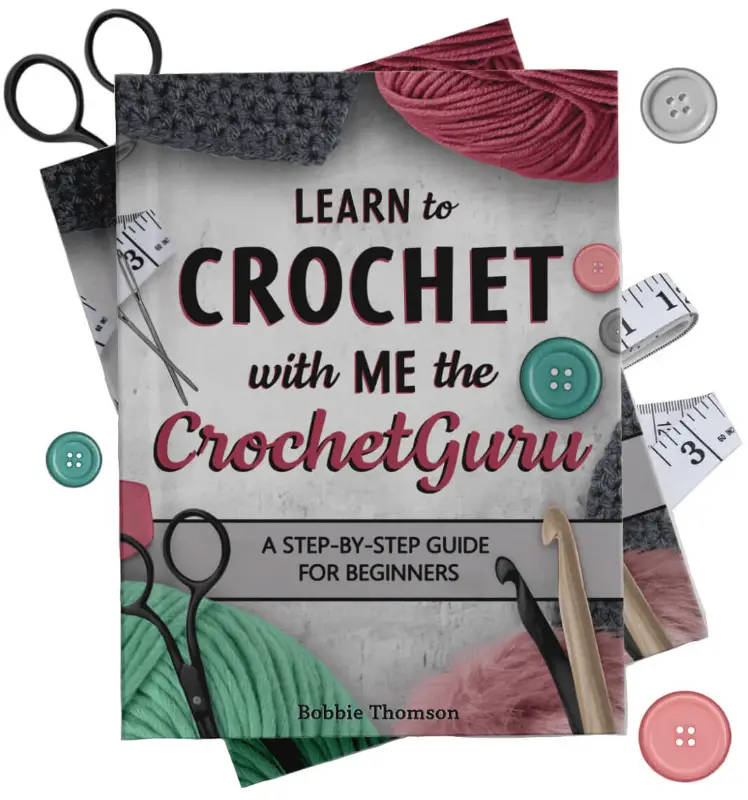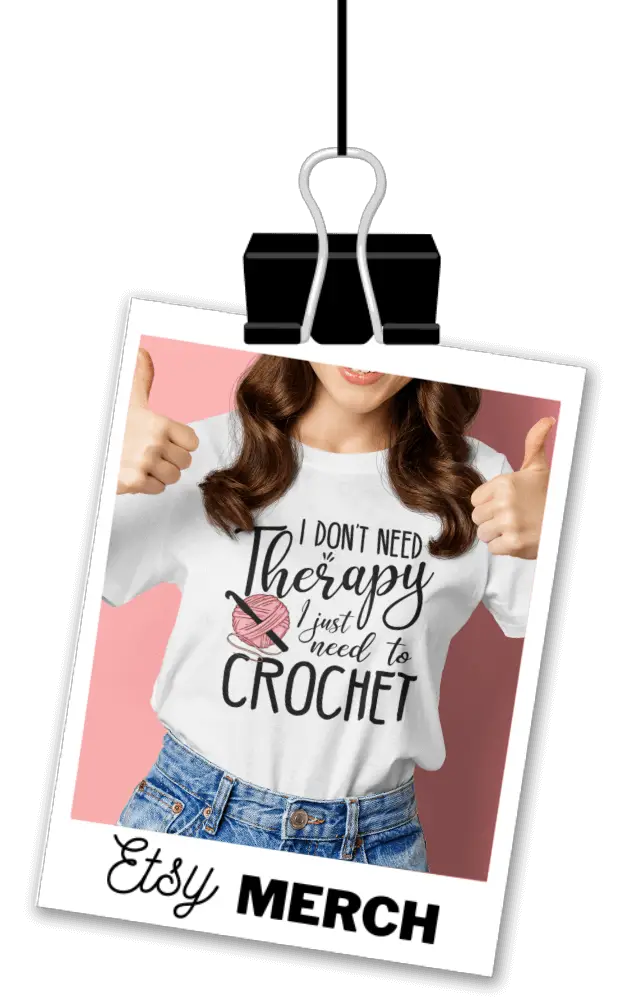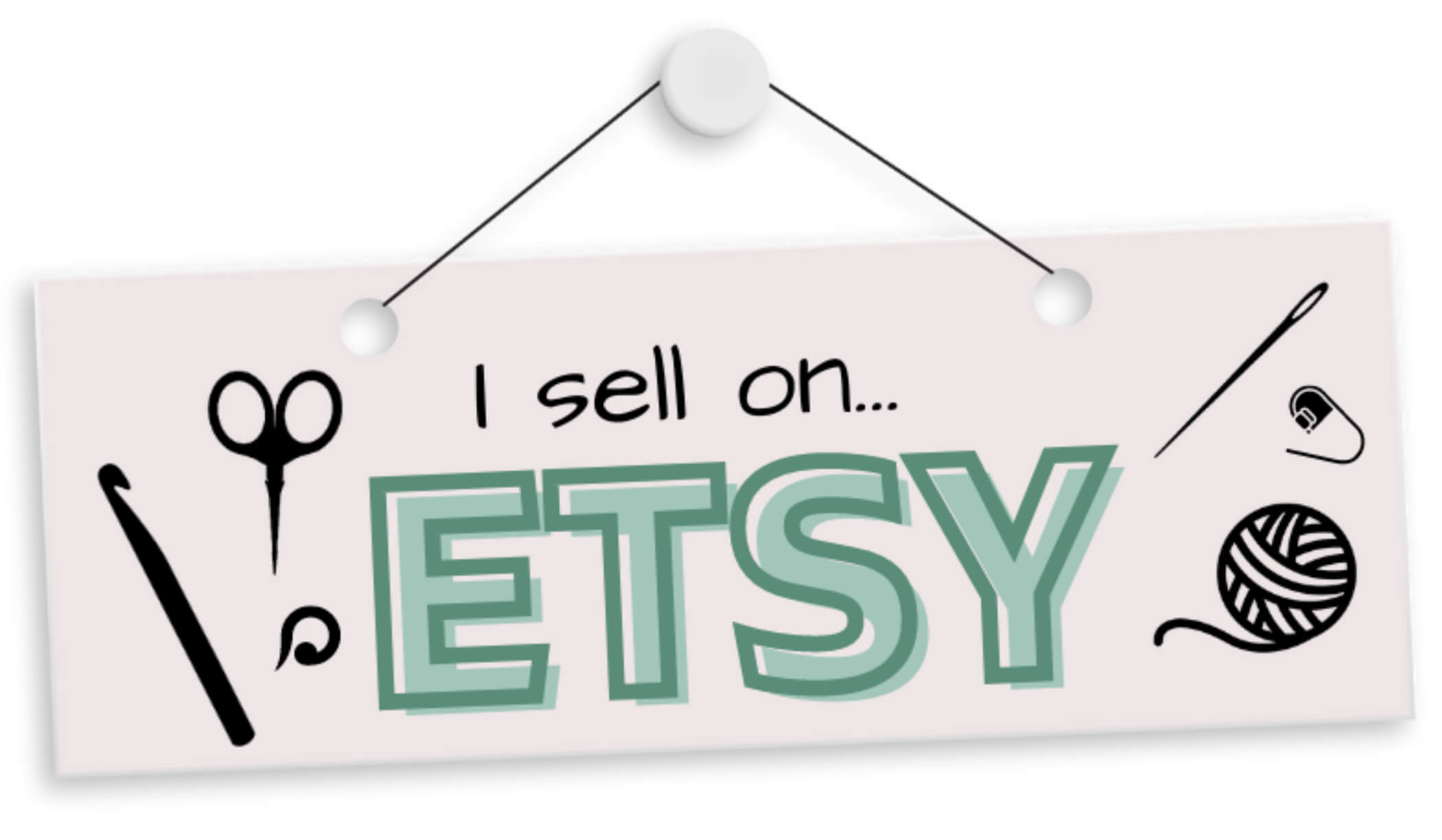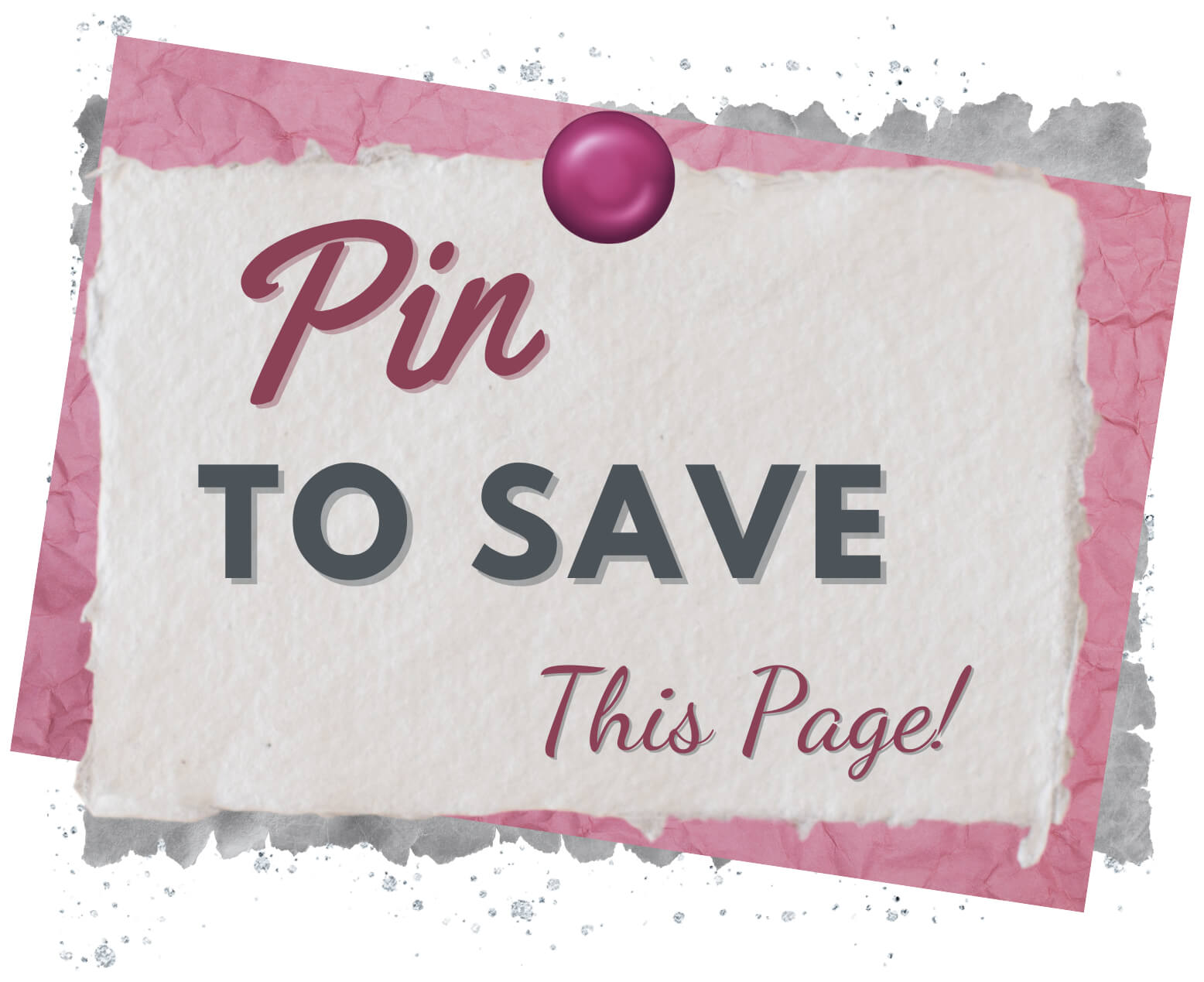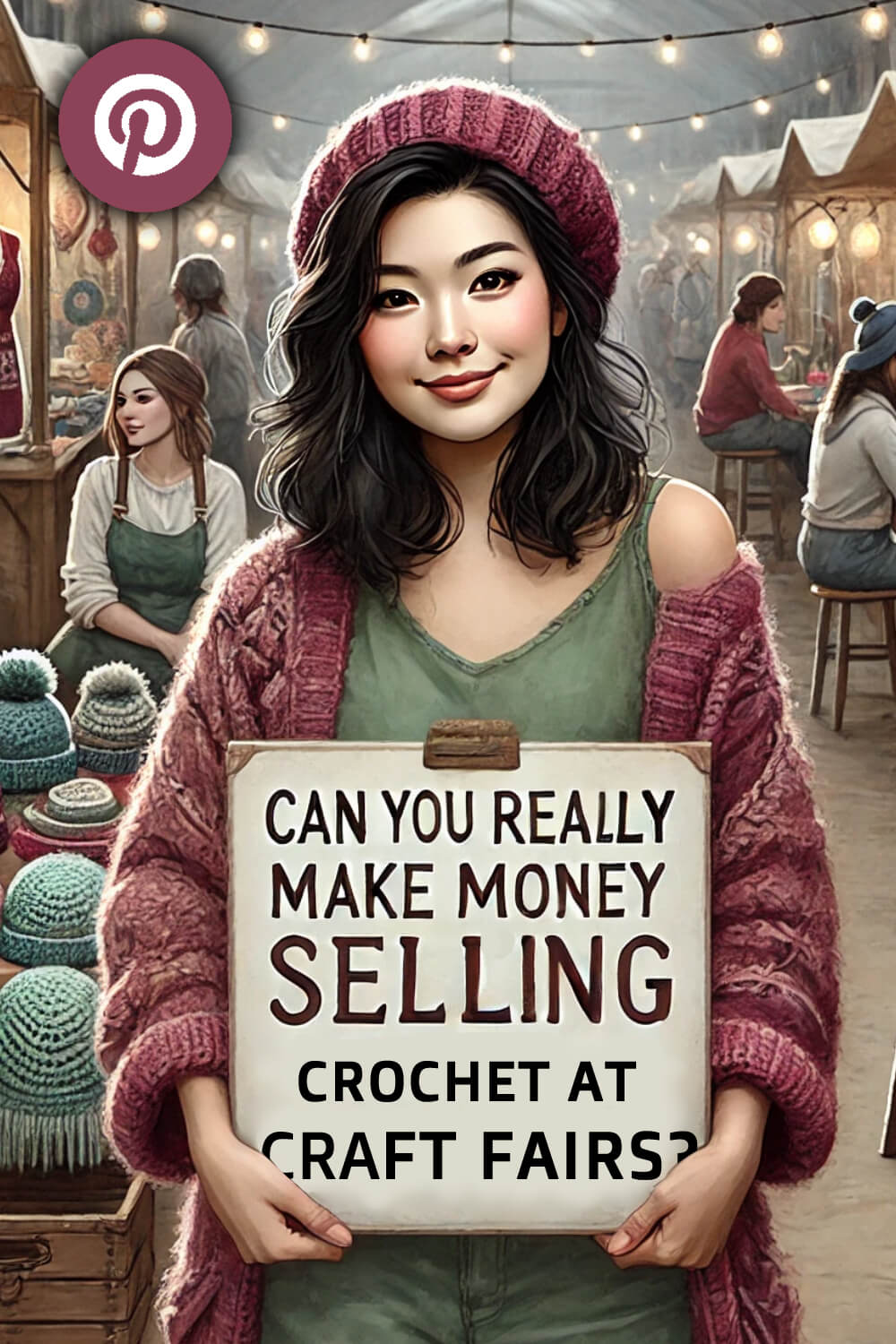Can You Really Make Money Selling Crochet At Craft Fairs?
Can You Really Make Money Selling Crochet At Craft Fairs?
The short answer: Yes, but only if you have the right strategy!
Selling crochet at craft fairs can be a fun, rewarding and profitable way to turn your passion into a business, but success isn’t guaranteed just because you set up a booth. Many crocheters dive in, hoping their handmade items will sell like hotcakes, only to leave disappointed. The truth is, making money with crochet isn’t just about talent—it’s about strategy.
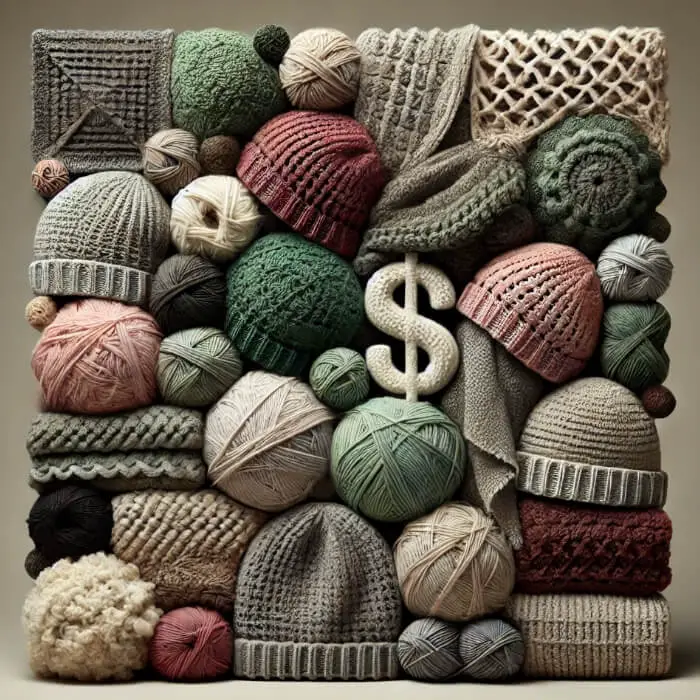
Think about it—when you walk into a craft fair, dozens (if not hundreds) of vendors are vying for attention. Why do some booths attract crowds while others barely make a sale? It all comes down to choosing the right products, pricing them for profit, setting up an inviting display, and engaging with customers effectively.
FREE Worksheet Download: Can You Really Make Money Selling Crochet at Craft Fairs?
Wondering if selling crochet at craft fairs is really profitable? This free worksheet will help you evaluate your potential, calculate your costs, set realistic sales goals, and track your craft fair success.
Plus, the Craft Fair Success Tracker section lets you analyze each event, helping you make better decisions for future fairs.
The Strategy: How to Make Money Selling Crochet At Craft Fairs!
This guide will break down key steps you need to take to maximize your success and actually make money selling crochet at craft fairs. Whether you're just starting or looking to improve your results, these tips will help you turn your crochet hobby into a thriving business.
1. Choosing the Right Crochet Products to Sell
Not all crochet items sell well at craft fairs, so choosing the right products is key to making a profit. Best-selling items tend to be practical, affordable, and seasonally relevant—think cozy winter hats, trendy market bags, or cute amigurumi plushies.
While it’s tempting to focus on what you love to make, it's important to balance passion with market demand. Keep an eye on trends, such as popular colors, character designs, or eco-friendly products.
Also, consider how long an item takes to make versus how much you can sell it for—time-consuming projects with low profit margins may not be the best use of your time.

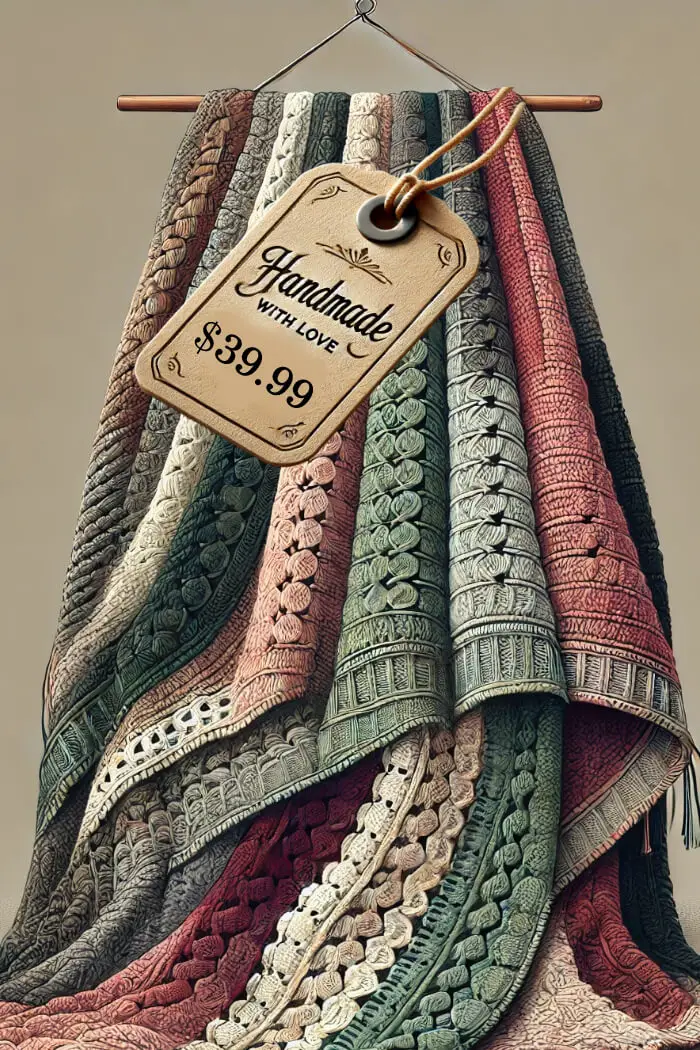
2. Pricing for Profit
Pricing is one of the biggest challenges for crochet sellers, and getting it wrong can mean either undercharging for your hard work or scaring off potential customers.
A simple formula like materials + time = price doesn’t always work—you also need to factor in overhead costs, competitor pricing, and perceived value.
Psychological pricing strategies, like pricing an item at $19.99 instead of $20.00, can make a difference in sales. Additionally, offering bundle deals (e.g., buy two scrunchies, get one free) or upsells (adding a matching headband to a hat purchase) can increase the total amount customers spend at your booth.
3. How to Set Up a Booth That Attracts Customers
Your booth is your storefront, and first impressions matter. A visually appealing setup with a cohesive color scheme, proper lighting, and well-organized displays will naturally attract more shoppers.
Use height variation—such as shelving, racks, or tiered stands—to create an eye-catching display rather than laying everything flat on a table.
Make sure your prices are clearly visible, as many shoppers won’t ask. Small touches like a branded tablecloth, a mirror for trying on wearables, and even a small sign with your story can help build a professional, inviting space that encourages people to stop and browse.
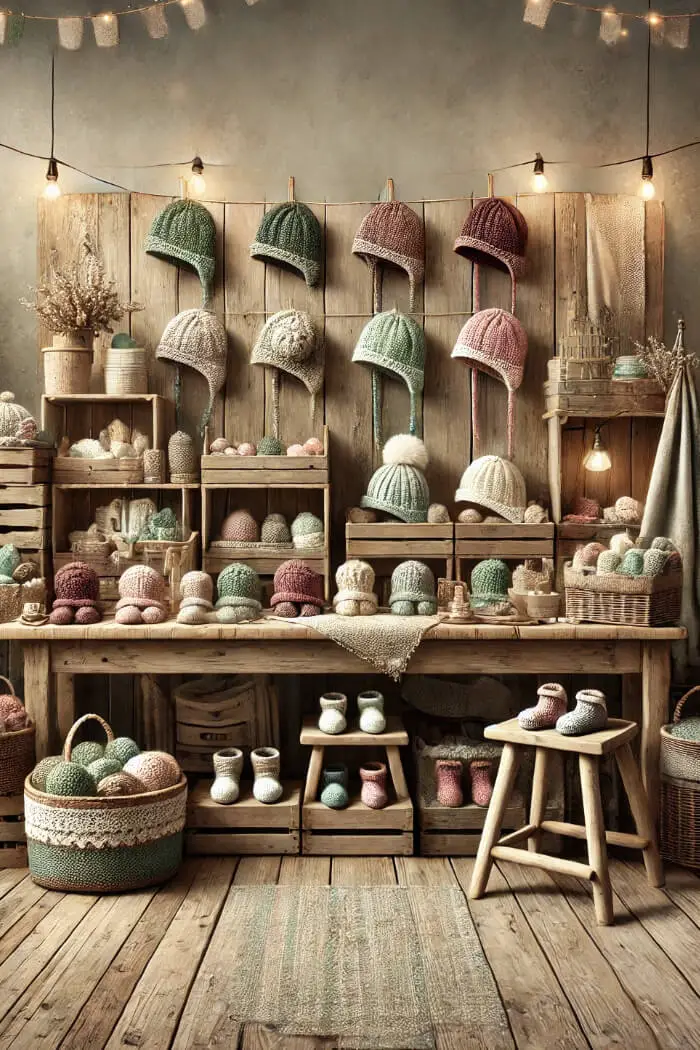
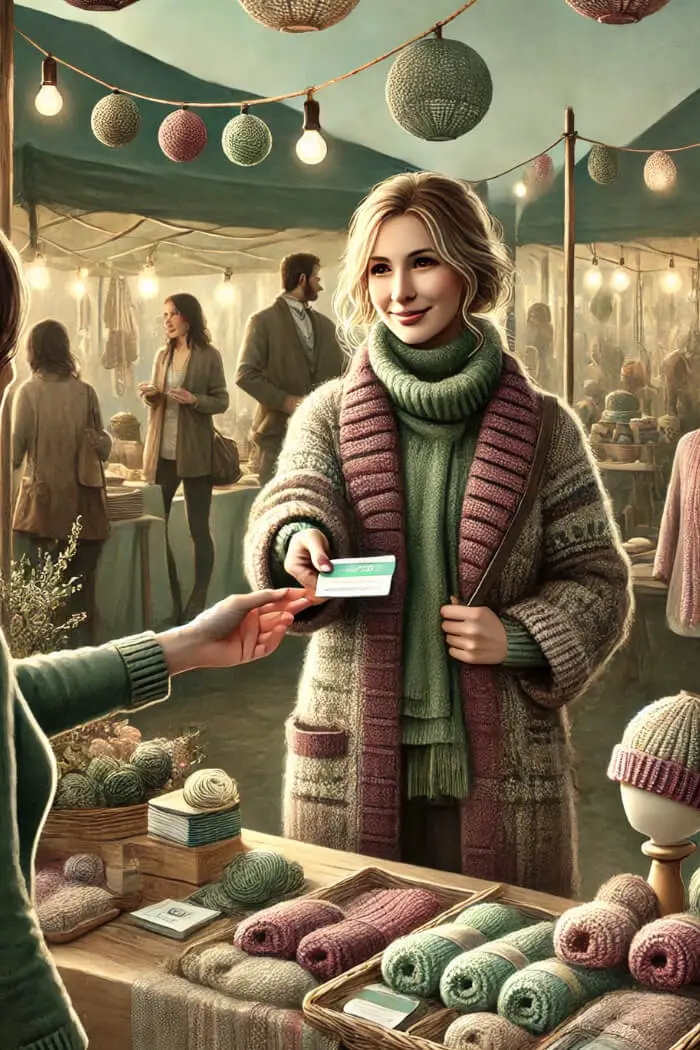
4. Marketing & Customer Engagement
Your sales don’t start when the craft fair opens—they start before the event even begins.
Promoting your booth on social media can drive potential customers to seek you out at the fair. Share sneak peeks of your products, post countdowns, or even offer a small incentive like a discount for followers who mention your post.
Once at the fair, engage with customers without being too pushy—greet them with a friendly smile, answer questions, and tell them about your handmade process.
Building relationships is key, so having business cards, QR codes for social media, or an email sign-up list can help turn a one-time shopper into a long-term customer.
Final Thoughts – The Reality of Craft Fair Sales!
While craft fairs can be profitable, they aren’t always predictable. Some events will be bustling with eager buyers, while others may have slow foot traffic or customers who aren’t willing to spend. That’s why it’s important to track your costs and profits—booth fees, materials, and time all add up.
If one fair doesn’t go well, use it as a learning experience rather than a failure. Maybe you need a different product mix, a better booth setup, or more pre-event marketing. Over time, craft fairs can also lead to bigger opportunities, such as wholesale orders, custom commissions, or an online shop.
Additionally, the article "How To Start Selling at Craft Fairs and Shows" by Indeed.com offers valuable insights. It covers steps like attending craft fairs to observe successful vendors, finding the right fair that matches your products and budget, offering items at various price points, designing an attractive booth, and engaging customers effectively. This guide is particularly useful for beginners looking to establish a presence at craft fairs.
Have Questions? Join My Crochet Guru Facebook Group!
I hope this article was helpful! If you have any additional questions, feel free to join my Crochet Guru Facebook Group. This group is for you to share pictures, ask questions, and help each other out!

